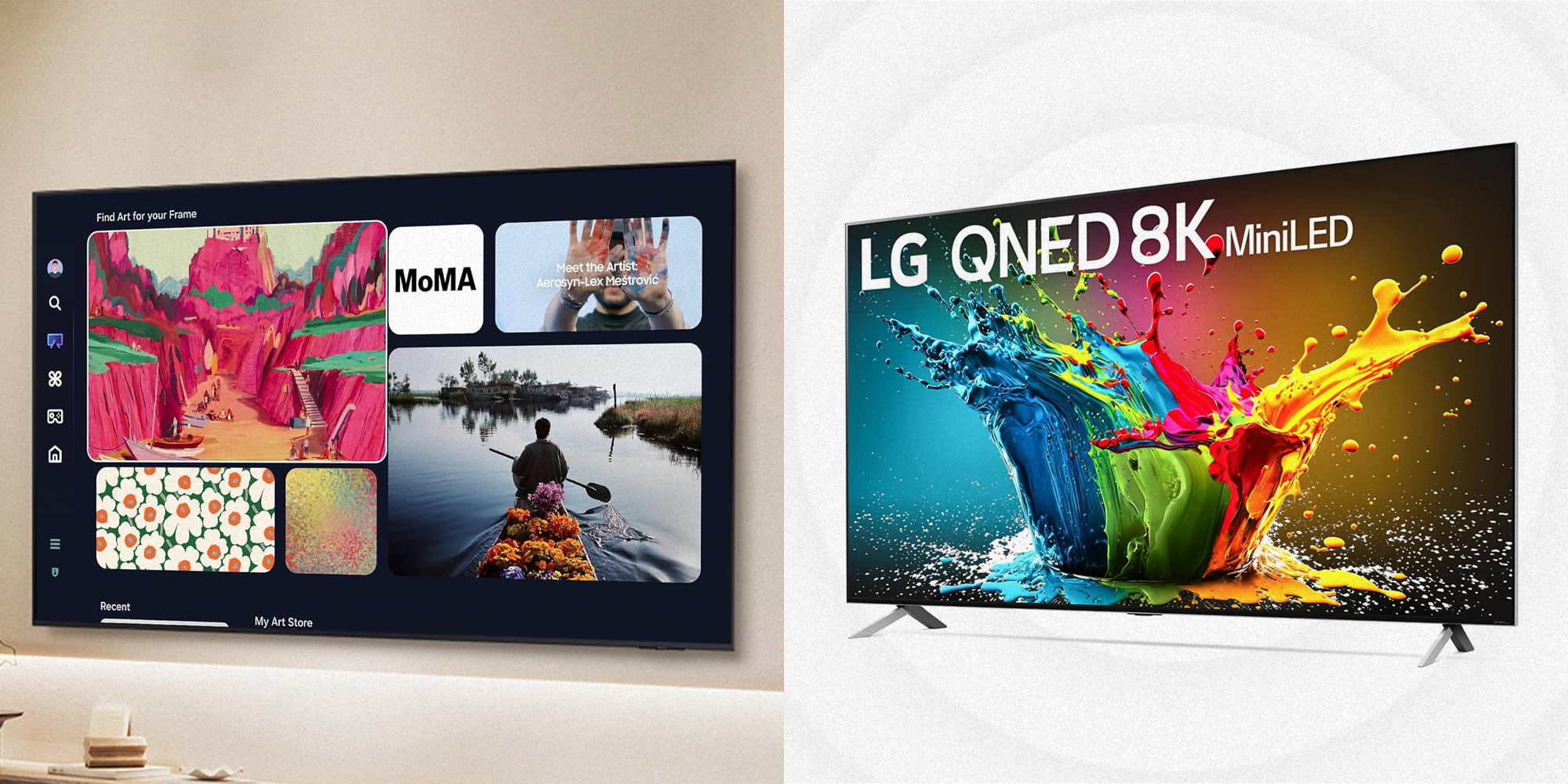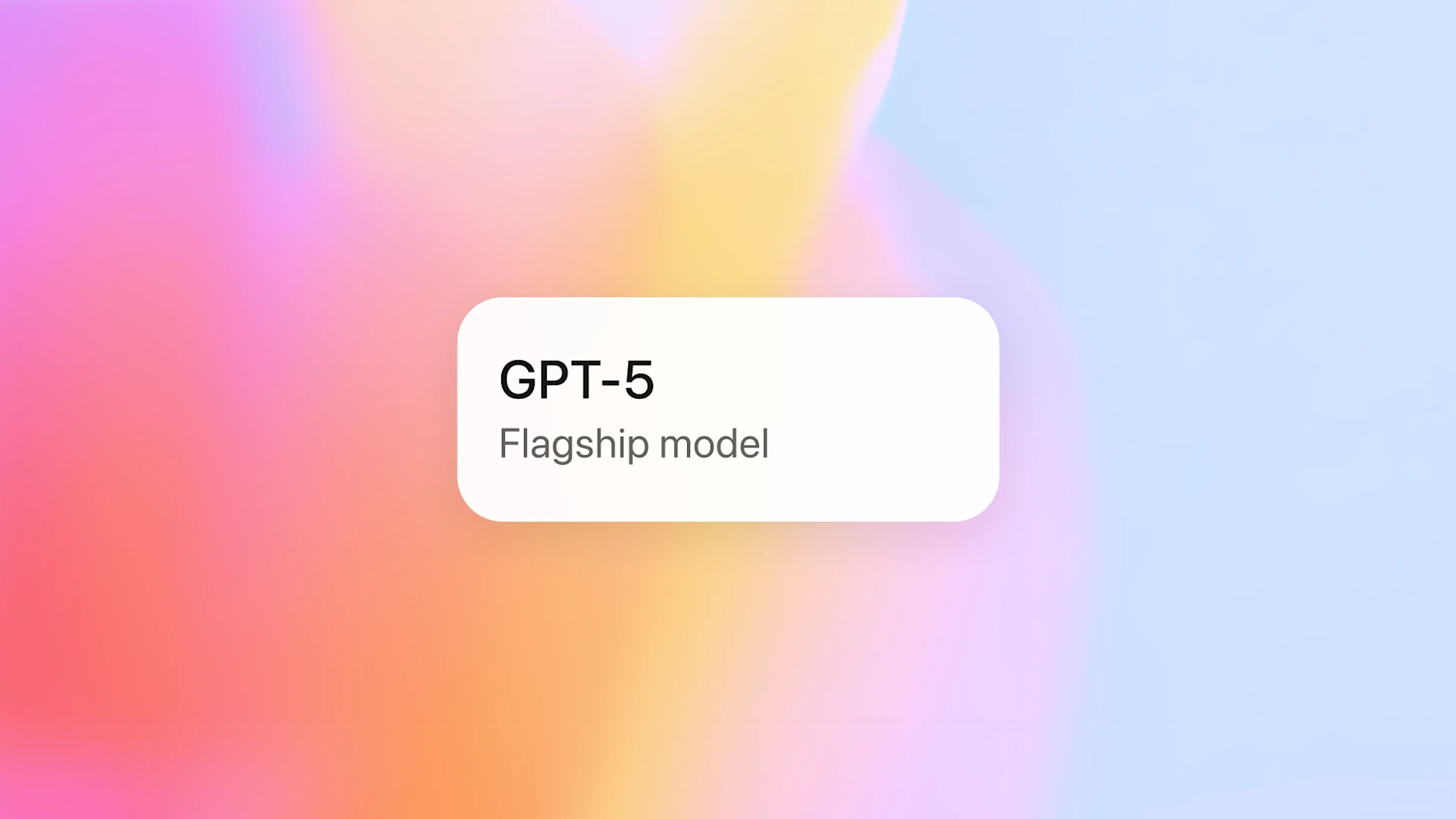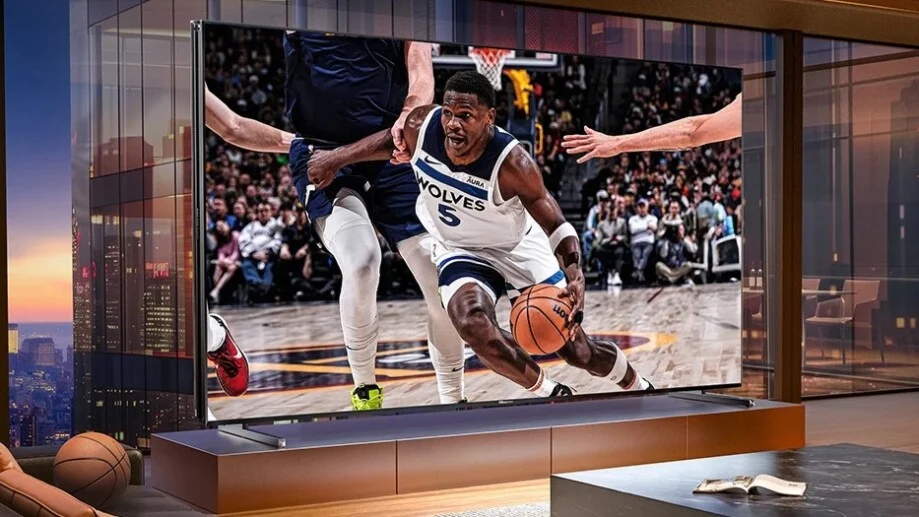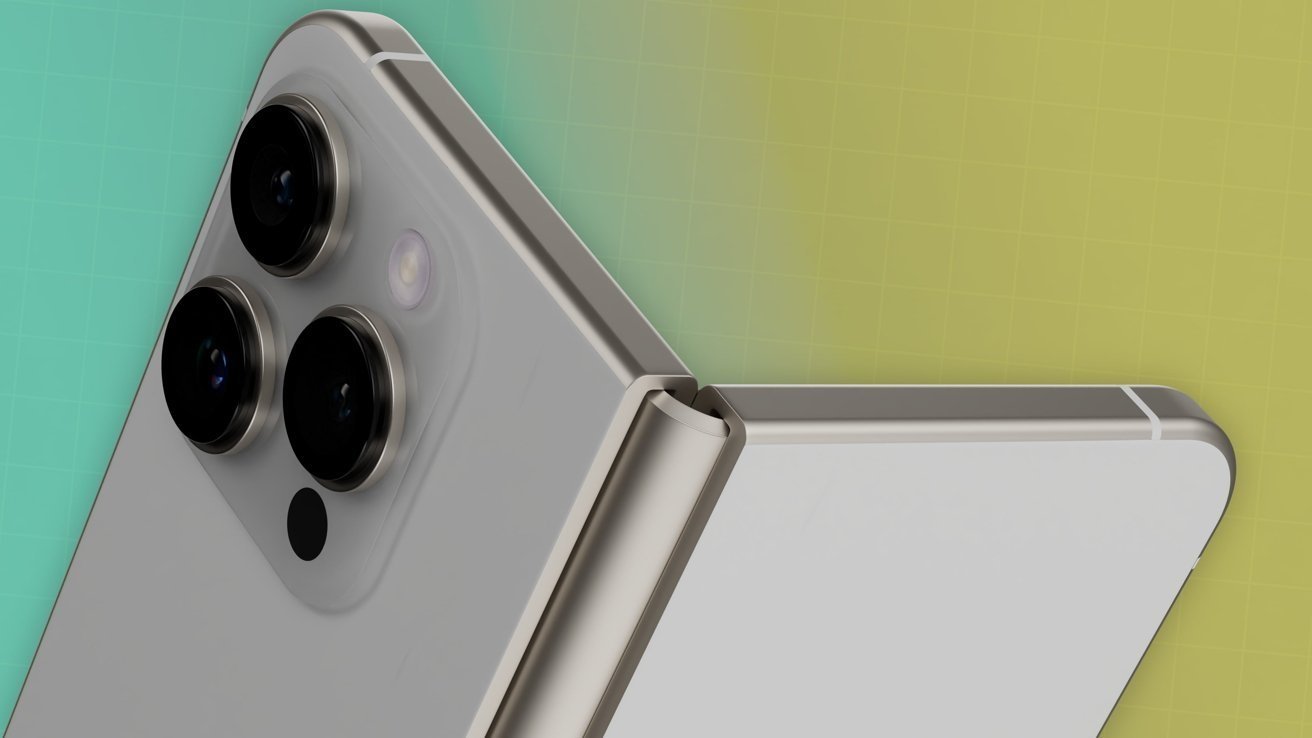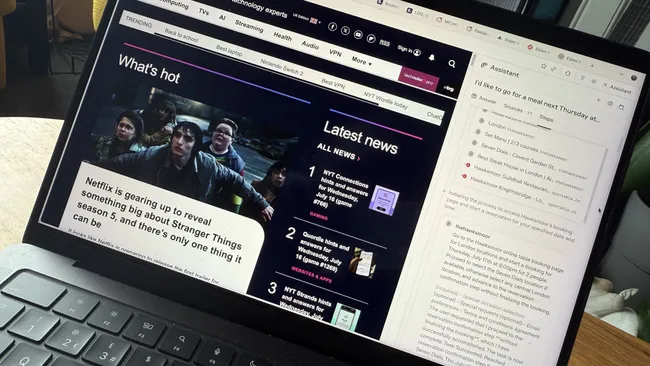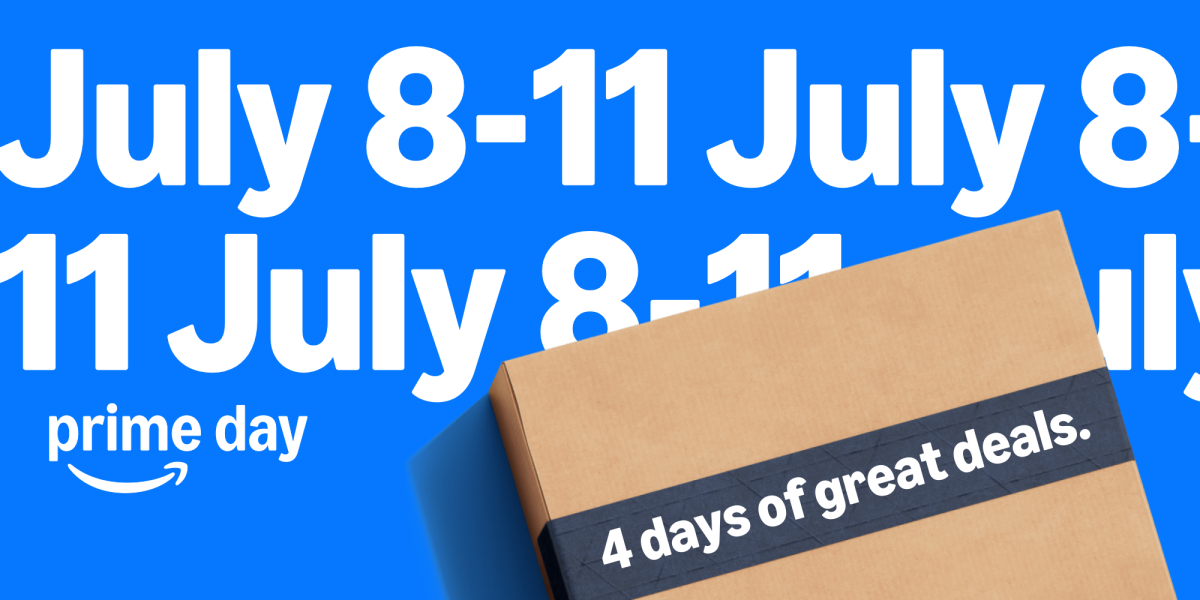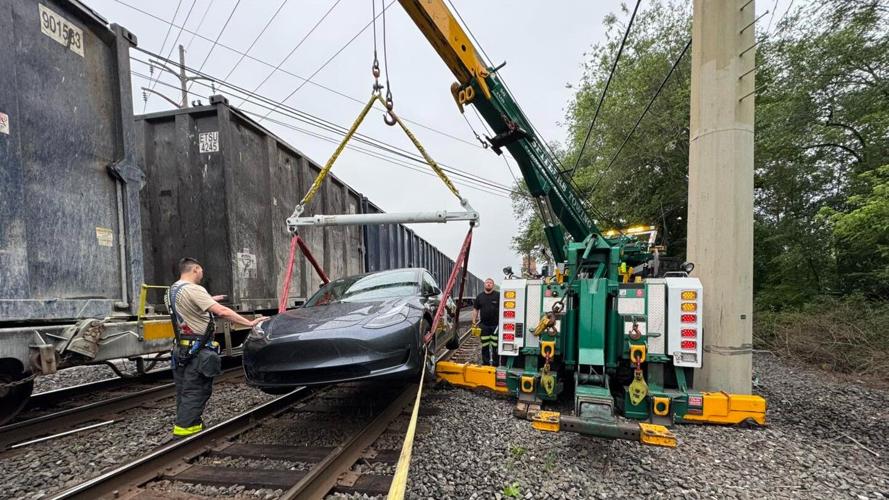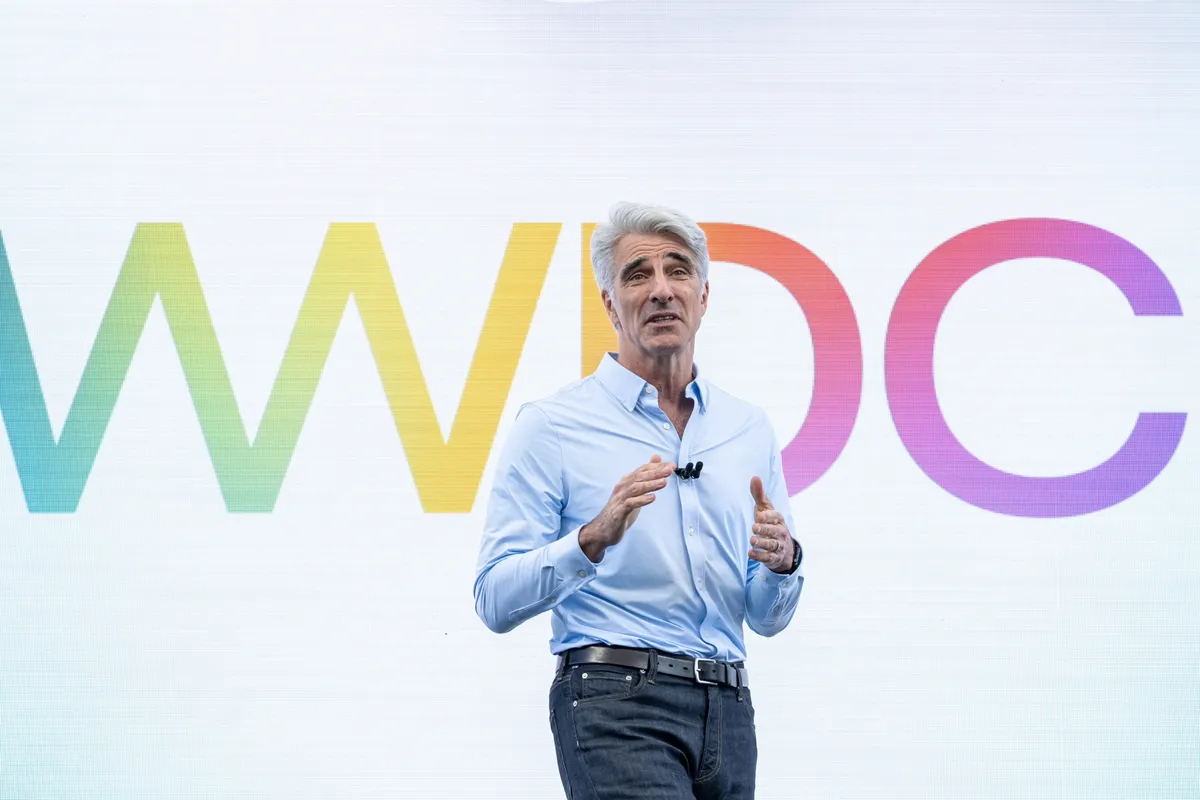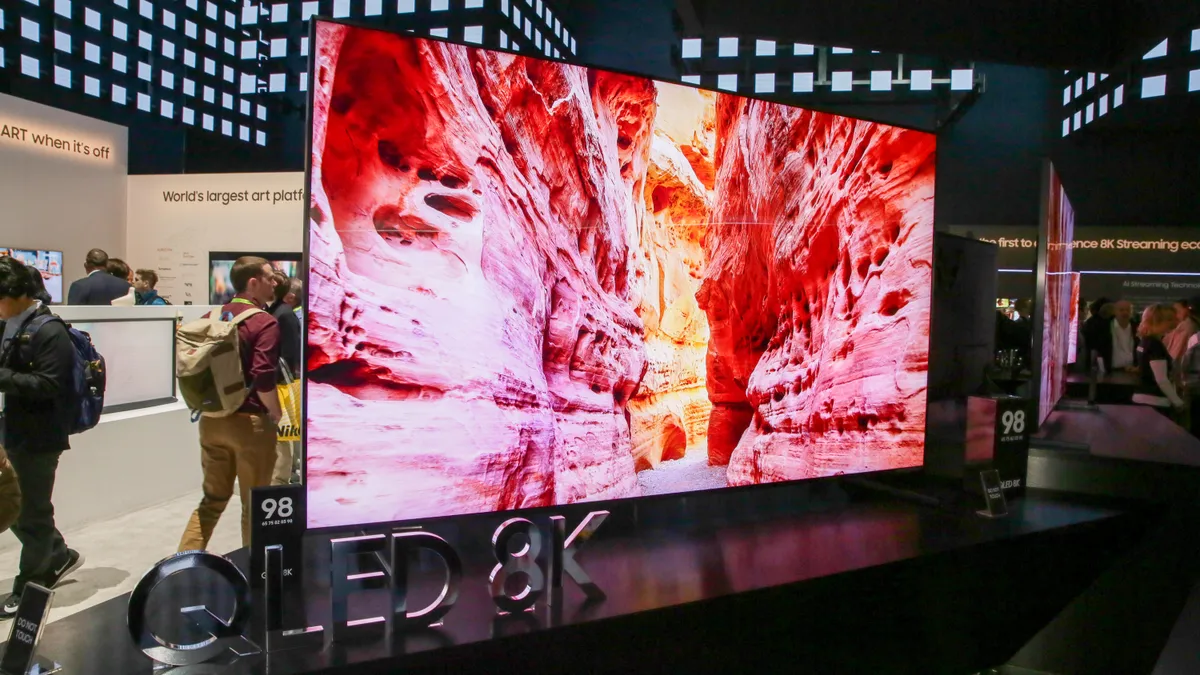Back in 2023, we wrote about the frustrating lack of 8K content—and made the case that, while the tech was impressive on paper, it had no real use for most people. Two years later, we wish we could say things have changed. They haven’t. If anything, the case for buying an 8K TV has gotten even weaker.
Related: Here’s why you shouldn’t buy a 8K TV in 2023
Still No Content, Still No Point
Let’s get the obvious out of the way: there is still virtually no native 8K content. Major streaming services like Netflix, Disney+, Amazon Prime, and Apple TV+ continue to max out at 4K. YouTube and Vimeo remain the only sources of true 8K video—and those mostly consist of demo reels and travel vlogs. It’s not that the hardware can’t handle it; it’s that no one is producing content in 8K because there’s no demand.
It’s the same chicken-and-egg problem we had in 2023. Content creators won’t prioritize 8K because so few people own the TVs. Consumers won’t buy the TVs because there’s nothing to watch on them. So we’re stuck.
Manufacturers Are Pulling Back
Most major TV brands have quietly hit the brakes on 8K. LG and Hisense are in “wait and see” mode. Sony hasn’t refreshed its 8K lineup in a couple of years. Only Samsung is still pushing out new 8K models in 2025—and even those feel like they’re doing it out of momentum, not conviction.
A telling quote from TCL’s VP of product marketing says it all: “There’s very little content available for 8K… and the picture quality of 4K has gotten so amazingly good.” Translation: 8K might be shiny, but 4K is what actually delivers.
Check out 8K on Amazon: https://amzn.to/44K9eIb
You’re Paying More for Less
Let’s talk price. The cheapest Samsung 8K model this year—the QN900F—sits at $3,299 for a 65-inch screen. Compare that to Samsung’s 65-inch S95D OLED, which delivers what CNET calls the “best all-around image quality we’ve ever tested,” and sells for $2,000.
Wanna go bigger? Samsung’s 98-inch QN990F 8K set will run you a cool $39,999. Or you could get a 100-inch 4K Hisense TV for less than 5% of that price.
Even if 8K resolution was worth it (which it isn’t), it’d only matter if you were sitting unrealistically close to the screen—or using it as a display for ultra-high-res photos or pro-level video editing. For regular viewing, the extra pixels are wasted.
Upscaling Is a Band-Aid, Not a Fix
Sure, 8K TVs can upscale 4K content—but they’re essentially guessing what to fill in across 25 million missing pixels. Yes, modern upscaling is better than it used to be, but even the best AI can’t fabricate detail that wasn’t captured in the first place. You might end up with something that looks good at a glance, but zoom in (figuratively or literally), and it still doesn’t beat true 4K content on a great OLED.
Related: How is 8K content different from 4K?
Future-Proofing? Not So Fast.
Some people argue buying 8K now is “future-proofing.” The problem is, by the time true 8K content becomes mainstream (if it ever does), the TV you buy today will be outdated in every other way—processing power, display brightness, HDR standards, and even smart TV platforms. You’re better off upgrading to a killer 4K setup now and re-evaluating in a few years if 8K ever actually becomes relevant.
There are tons of better ways to spend your money in 2025
8K TVs in 2025 are still more marketing than reality. They’re expensive, unsupported, and outperformed by cheaper 4K alternatives with better picture quality and more useful features. Unless you’re deep into niche use cases or just want bragging rights, there’s no compelling reason to make the leap. Stick with a top-tier 4K and enjoy tech that’s actually being used.

